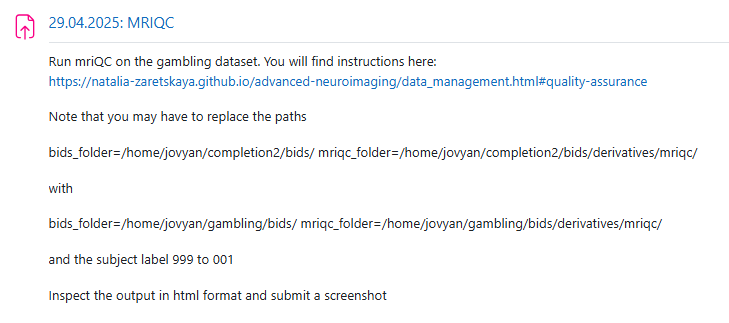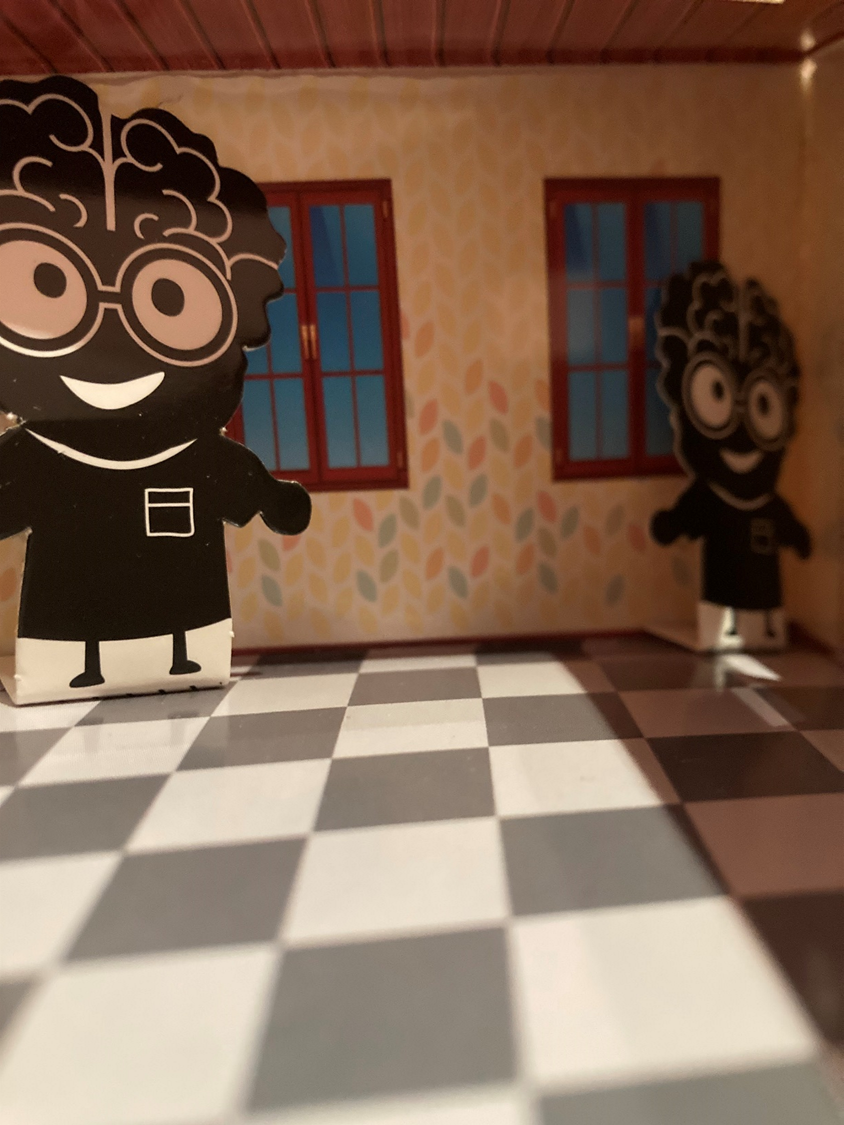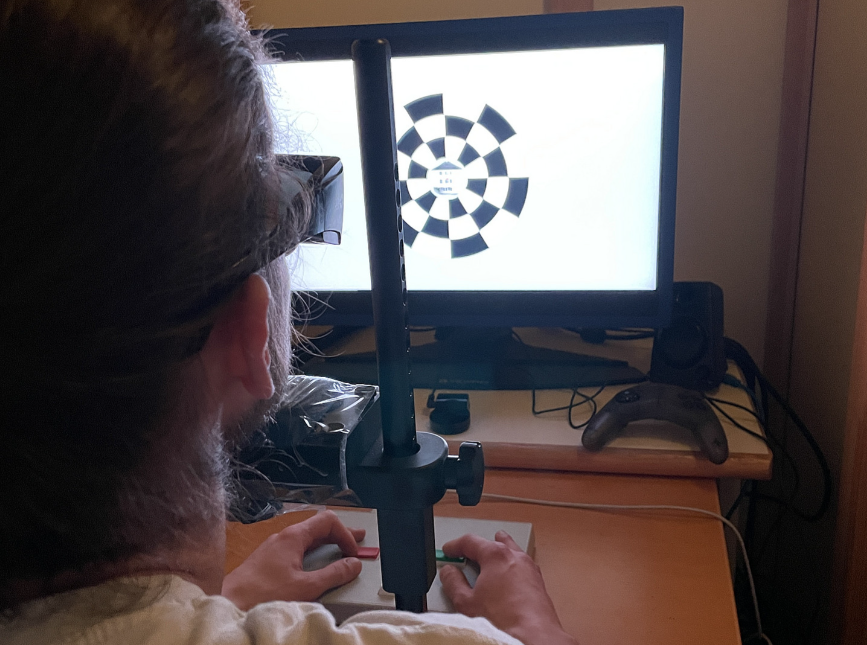2 Methods
In this section, I would like to list some of my favorite techniques and tools that allow to engage the classroom and make learning more active and efficient.
2.1 Digital interaction tools
I found online tools to work extremely well in a lecture format with a large audience. I use Mentimeter, and more recently also Particify, to conduct polls, quizzes, and sometimes even small experiments during a lecture (e.g. #1 in Courses). During a lecture I also use Particify’s Q&A function in addition to in-person questions. So far students’ feedback has been extremely positive. Digital tools allow shy students to ask their questions anonymously, which encourages participation of engagement of a larger proportion of the students. As a lecturer I found Particify’s Q&A function useful, because it allows to answer questions offline later, saving time during the lecture and allowing me as a lecturer to be better prepared for the answer.
2.2 Direct interaction methods
In smaller audiences in seminars and courses (e.g. #6-10 in Courses), which allow for more flexibility, I frequently use active learning techniques such as:
1) the think-pair-share technique for working on problems in small groups
2) response polls (either with digital tools or simple voting by raising hands) to initiate discussions or to assess learning efficiency
3) brainstorming – asking students to share their knowledge about the topic, which I then summarize and complete, or stimulating search for solutions to a specific problem before presenting existing solutions
4) debate – contrasting opposing point of views in a discussion to illustrate the complexity of a topic
2.3 Flipped classroom
Some of the courses I teach are particularly suited for a flipped classroom approach (e.g. #6 in Courses). I ask students to read a paper and complete a worksheet on that paper as well as they can (without grading) before class. In the class, we go through the worksheet problems and discuss the solutions. After the class, I post the solutions to moodle. An additional motivation for the students is the fact that similar problems will be at the final exam. An example worksheet can be found in the Appendix. Such approach encourages students to independently think about the problems and search for solutions, which increases the learning efficiency.
2.4 Traditional classroom
Although flipped classroom approaches are in trend, I still like the traditional classroom approaches with a lectures and subsequent homework for some courses. I use them when the material is too new or too complicated for students to work out on their own. In this case I explain things during the lecture, and have them apply their newly gained knowledge in practice as homework. This works particularly well in classes with more proficient and self-motivated students, typically at the master’s level, who actively listen to my explanations (e.g. #4-5 in Courses). An example of the homework for one of the classes in the “Advanced Neuroimaging” course, in which we covered basics of data management in fMRI studies, the homework would be as follows:

2.5 Learning by experiencing
As someone who studies subjective experience, I think this experience is very important. This is why in lectures, seminars, courses and other formats that do not necessarily imply any hands-on experience, I nevertheless add a great deal of it. For the Perception and Attention lecture I built the Ame’s room and had students look at it and into it after the lectures to better understand how the perception of depth and size are connected. I also provided them with a DIY-link for building the Ame’s room (though it was not a requirement).

For the seminar on visual illusions I invited students into the perception lab to view the illusion demonstration on a high-quality monitor with special 3D glasses. If certain illusions are particularly hard to demonstrate or for some reason we do not have the working demonstration, I point them to locations in Graz (like CoSA or Wahrnhemungsmuseum), where they can experience a specific effect. It would be fun to have an organized excursion to one of these places one day as part of the course. I do regularly organize excursions to the Laboratories of our group to demonstrate different effects and illusions.

Whenever I create a demonstration for a lecture, I provide a link to code that I used to generate it. Of course not all students are inclined to programming, but playing around with code can be quite useful for understanding how things work. This is why a whole github repository has already developed around my “Perception and Attention” Lecture, although it was not really planned (https://github.com/natalia-zaretskaya/allgemeine1). It will definitely be improved and extended.
The things described above are just a few of very many examples.
2.6 Office hours
Office hours is something students tend NOT to use if they do not have to, and I have not figured out a way to change this. In some courses where I feel the students will profit from direct coaching but will be too shy to ask for an appointment, I introduced “obligatory” office hours as part of course work. Formally, students need to first create a list of questions on their own, then discuss their questions with the small group of peers, and then come to me with those questions they could not figure out among themselves. These steps constitute an ungraded assignment they need to submit, and most of the times helps them understand the material better.
2.7 Multimedia and interactive content
A great deal of my most recent self-development in the aspect of teaching has been switching to a more digital, multimedia way of creating and providing teaching materials. The idea to switch to quarto came to me when working on the lecture content for the General Psychology I lecture course, which was the first full lecture course I taught. I realized that I need a tool that allows to generate slides and a reading-friendly PDF from the same content, and it would also be great if I could directly run some code for students to see how changing some parameters changes the output. My dream has always been to be able to cite scientific articles and make the citations clickable, so that any interested student is immediately redirected to the original paper. Quarto has all these capabilities. Gradually I am transferring all my teaching materials from .pptx to quarto, and although initially it was a struggle, I am quite fluent now. In the Appendix interesting reader can find example content generated with quarto.